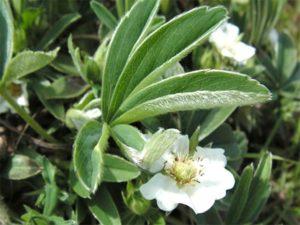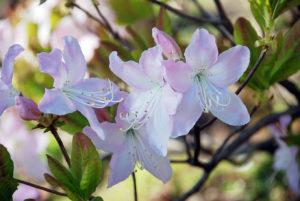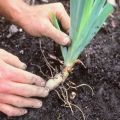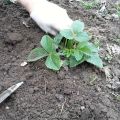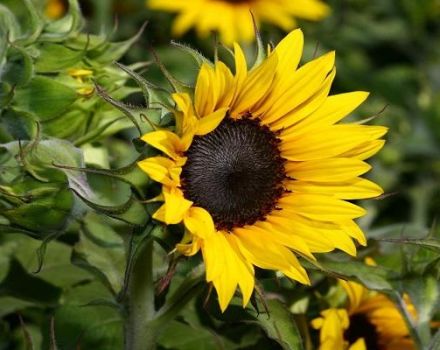Rules for transplanting chrysanthemums in the fall to another place and terms for open ground
Autumn flowers are popular in horticulture as they do not require much maintenance and bloom until the first frost. Plants can overwinter outdoors. Over the summer, hybrid varieties grow strongly due to horizontal processes. Therefore, to preserve the beauty of the flower beds, it is recommended to replant the bushes. Chrysanthemum transplants are carried out in spring and autumn. Ensuring proper nutrition for the first few weeks is important.
Why transplant
The culture grows rapidly, therefore, it quickly draws nutrients from the soil. When transplanting, the root system develops better.
It is convenient to replant the plant in the spring, as the melting snow makes the soil soft and pliable. Transplanting in autumn increases the frost resistance of hybrid varieties.
How to choose the optimal time for replanting
Florists say that dividing and replanting bushes in garden you can at any timingfrom spring to autumn. During the event, the weather should be cloudy, and the sky should be covered with clouds so that the sun does not come out.
If the transplant is performed in the fall, then it is recommended to carry out the process when the temperature at night will be around zero.
How to replant in spring
You can replant the culture at the end of the winter period, after the snow has melted. In this case, the plant will have time to get stronger by winter and calmly endure the cold.
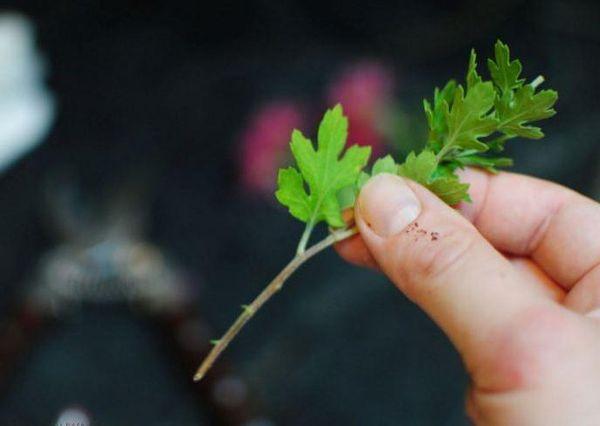
Choosing a site for a flower bed
The culture feels comfortable in flower beds that are well lit by the sun's rays. Should not be close to the surface of the groundwater table. If they run shallow, then coarse sand is added to the holes.
Preparing bushes
The plant is carefully dug out without damaging the roots. If the soil is dry, it should be moistened enough to easily remove the crop.
Dividing the bush
Each sprout is separated from the uterine root with a sharp knife. Each part must have roots with shoots.

Transfer
An unseparated bush or parts of it are planted in separate holes, at a distance of 25 centimeters from each other. The pits should be prepared in advance in the fall. Humus mixed with garden soil is introduced into each hole. The depth of the pits is 20 centimeters.
Watering
To root the culture after transplanting, it is necessary to water it frequently. You also need to ensure that there is no stagnation of water.With the active growth of shoots, harmful insects can attack. Therefore, you should periodically inspect the bushes in order to identify pests or diseases in time.
How to transplant in the fall
Autumn transplanting is performed during the flowering of the bushes. It is desirable that the day is cool and not sunny.
Important: during autumn planting, the most favorable conditions for the culture are created so that it has time to take root before the cold weather begins.
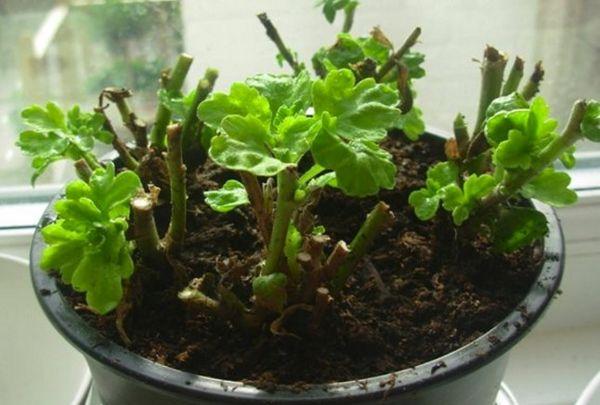
Flowerbed preparation
The soil for transplanting is prepared in advance. Layers in the hole:
- peat;
- biohumus;
- compost.
Since the roots grow parallel to the soil, they should not be buried. For tall varieties, additional support is placed.
Bush preparation
Plant preparation for transplanting can begin before the onset of frost. At this time, the roots are cut with a shovel around the crop within a radius of 25 centimeters. This promotes the formation of young roots, which makes it possible for the bush to quickly take root in a new place.
Digging a bush
Before digging, it is necessary to moisten the soil around the plant abundantly. Then the bush is taken out with a large clod of earth, carefully so as not to damage the roots.
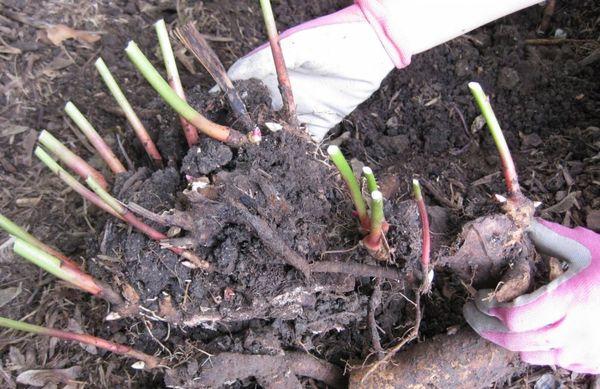
Outdoor transplant
The size of the plant pit should be larger than necessary. This is done so that a plant with a dug out lump of earth enters the hole. The depth of the pit is 35-40 centimeters. For rapid growth and development of the root, it is recommended to add a biostimulator to the soil.
After that, the bush is placed in a hole and covered with soil. From above you can tamp with your palms. After transplanting the culture, it is recommended to cut off all the flowers so that the bush does not waste its nutrients on them.
Watering
During transplantation, the culture should be watered abundantly. If the weather is dry all the time, then after 2-3 days the plant needs to be watered again.
It is important to ensure that the soil is always moist and does not dry out, since during the rooting period the plant needs a sufficient amount of moisture and nutrients.
When and what to feed after transplanting
The culture is demanding on chemical additives, especially after transplantation. Therefore, on days 7-10, it needs to be fed with complex mineral or organic compounds with the addition of superphosphate. If the transplant is carried out in the spring, then a liquid complex fertilizer for flowers is used.
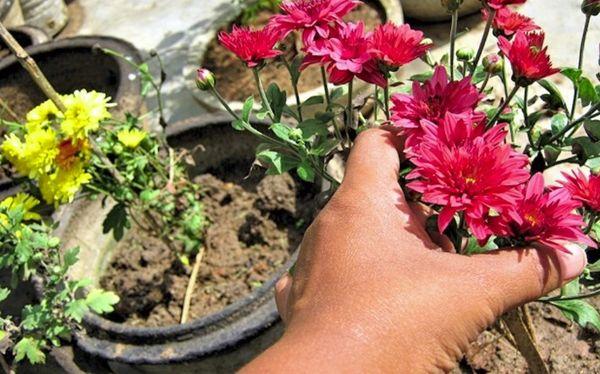
How to properly transplant into a pot
There are varieties of culture that should be transplanted into pots for the winter and brought into a cool room.
The size of the container is matched to the size of the excavated culture. If the plant is small, a 10 cm pot will do. When transplanting three bushes at the same time, a pot with a diameter of 12 centimeters is taken. If 5 cuttings are planted, a 15 centimeters container will do.
In a group transplant, plants are selected in height, placed along the edge of the container, tilting them outward.
Tips & Tricks
To ensure the active growth and flowering of the crop, you should heed the recommendations of experienced gardeners for growing and caring for the plant.
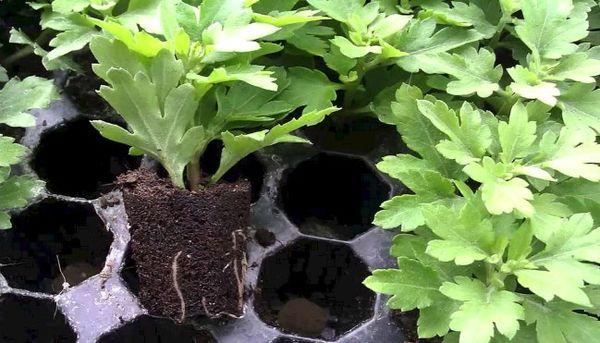
If the bushes have wintered indoors in pots, then they should be prepared before transplanting them into open ground. So that they can get stronger and easily take root in a new place, it is recommended to harden. The pots are taken out into fresh air, and after a week they are transplanted to an open area.
Disembarkation can be carried out at the old place. After 2 weeks, the first feeding is performed.
If the representatives of the variety are tall, it is necessary to prepare a support for them in advance.
In autumn, plants are transplanted into pots while still in the flowering bushes stage. The transplant will be successful if you follow all the recommendations. The culture will quickly take root in a new place, where it will actively bloom with wild colors throughout the season.
